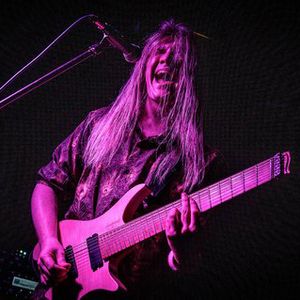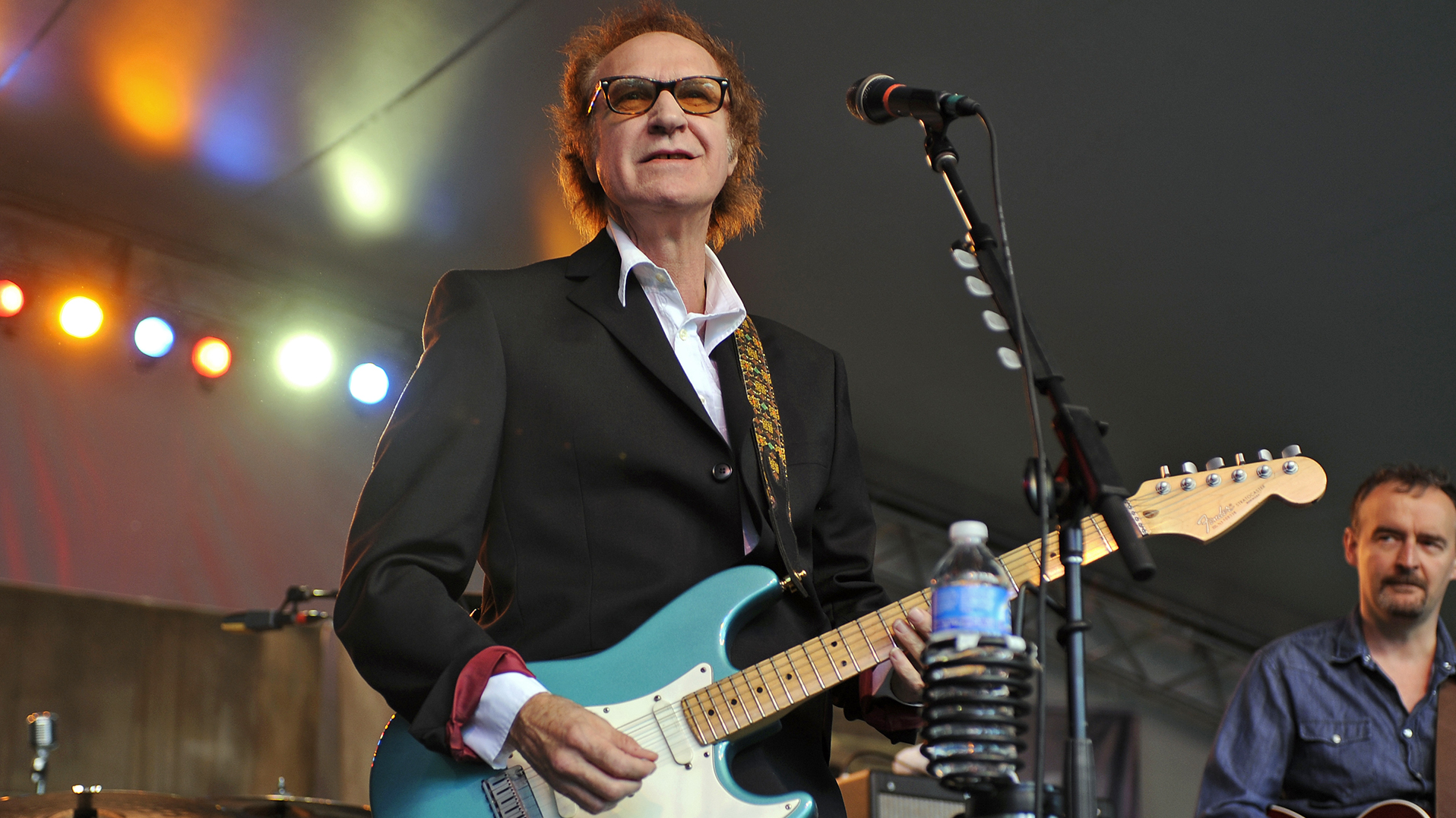“Leo wanted me to be partners with him... why should I fool around with some guy who is not a musician?”: The story of how Fender nearly worked with Les Paul
Leo Fender saw the potential of Les Paul’s solidbody guitar concept, but the latter opted not to work with the legendary luthier
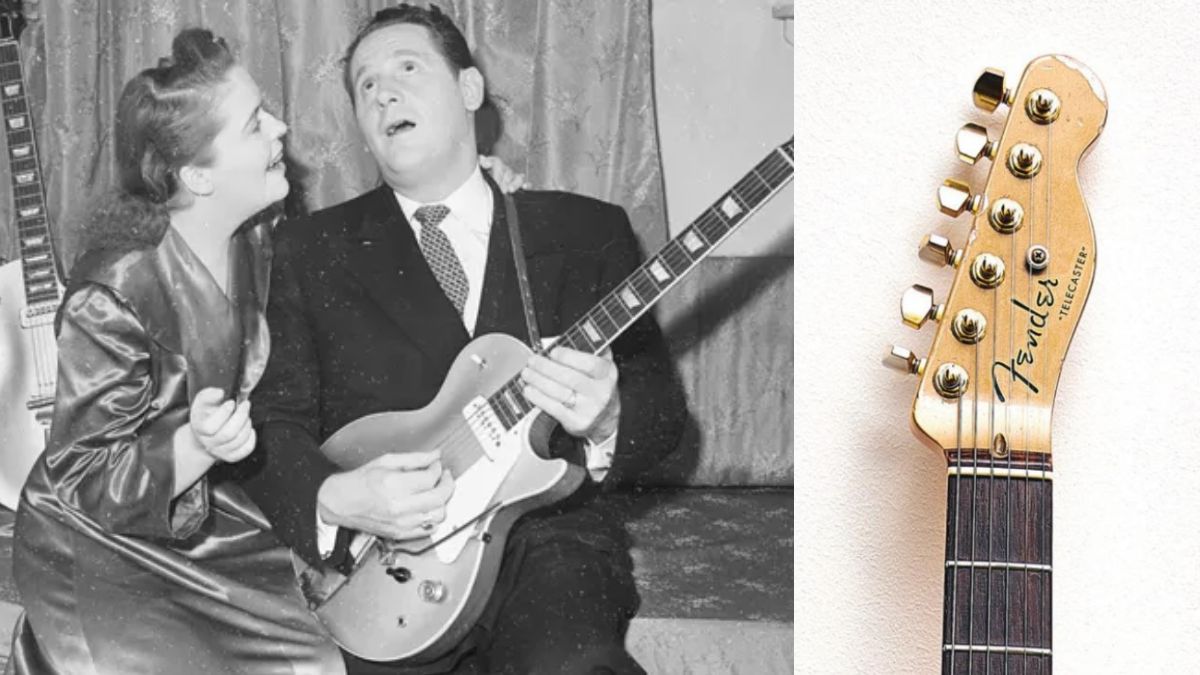
A recently resurfaced interview has detailed how Leo Fender wanted to work with Les Paul long before Gibson was convinced of his electric guitar concept.
The Les Paul may have gone on to become what is arguably Gibson’s most famous and iconic instrument, but there was a brief period where Fender tried to ally with Les Paul himself to develop his solidbody prototype.
The interview, dating back to 2009 and brought to light by MusicRadar, sees Les Paul explaining how Fender actually saw the value in his vision long before Gibson did.
Les Paul and Leo Fender were friendly with one another at the time, moving in the same circle of guitar innovators while Les Paul was creating “The Log,” the progenitor to the Les Paul guitar.
Fender, an astute businessman, smelled an opportunity.
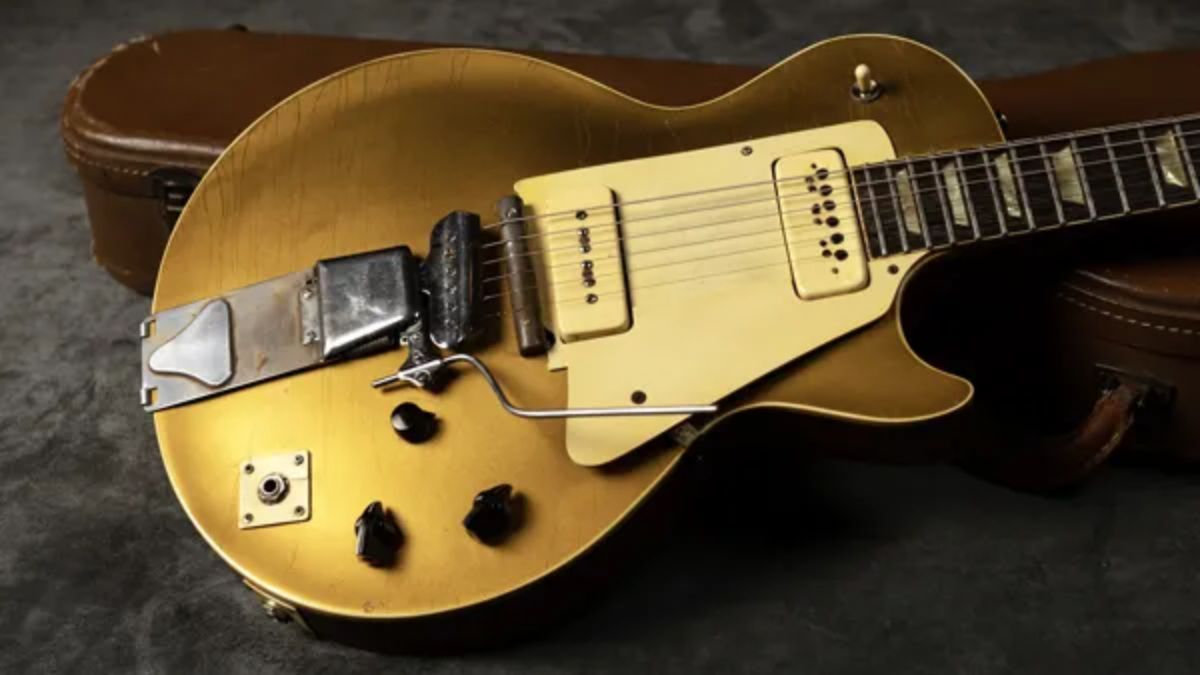
“At that time Leo wanted me to be partners with him – for it to be the Fender guitar: the Les Paul Fender,” Les Paul explains in the interview. “When he approached me with the idea, he brought over a guitar and he gave it to me and I have it here.”
Although revered in guitar-building circles, Leo Fender wasn’t personally a guitarist, something Les Paul viewed with trepidation. And so, Paul held firm to the hope that Gibson would come around to his concept.
All the latest guitar news, interviews, lessons, reviews, deals and more, direct to your inbox!
“I thought, if I'm gonna do this I'm going to go with the biggest company in the world: Gibson,” he said. “Why should I fool around with some guy who is not a musician? I should go to the Gibson people.”
The problem was that ‘Going to the Gibson people’ wasn’t an easy task. Initial conversations didn’t bear fruit.
Gibson had built its reputation by building mandolins, harp guitars, and other hollow-bodied instruments. It had produced the first ever solidbody electric guitar in 1941, with the ES-150 originally marketed as a Hawaiian guitar, but Les Paul's blueprints weren't proving enough to convince them to sanction his design's production.
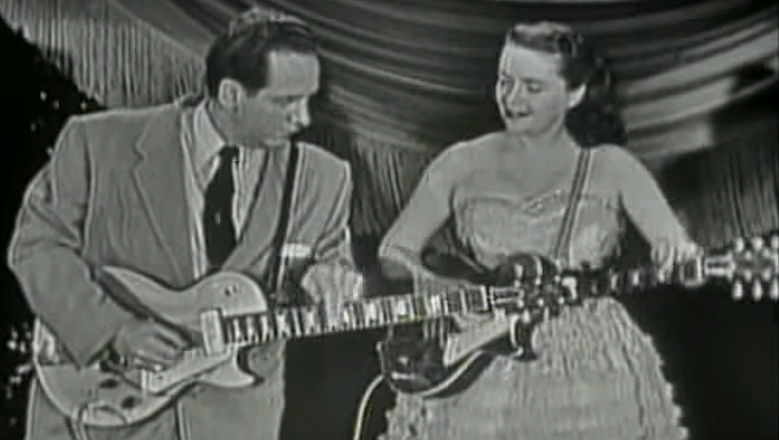
In the end, Leo Fender did play a key role in the Gibson Les Paul’s history, but not how he had hoped. In the fall of 1950, Fender released the Broadcaster, a precursor to the Telecaster. Its success made Gibson reconsider Les Paul’s proposal.
“The Gibson people turned [The Log] down and they continued to turn it down all the way to 1950,” Paul remembers. “Then in 1950, they called me and say, ‘Would you bring that gadget in?’”
The first artist-approved production model was delivered in 1951 with the help of Gibson and Ted McCarty. Guitar Player had the honor of pouring over the now-iconic instrument in 2021, before it sold for $930,000 at auction.
The heavily-modded guitar featured a host of Les Paul-handled DIY jobs. It would go on to change the course of history – for the electric guitar and the Gibson brand – forever.
A freelance writer with a penchant for music that gets weird, Phil is a regular contributor to Prog, Guitar World, and Total Guitar magazines and is especially keen on shining a light on unknown artists. Outside of the journalism realm, you can find him writing angular riffs in progressive metal band, Prognosis, in which he slings an 8-string Strandberg Boden Original, churning that low string through a variety of tunings. He's also a published author and is currently penning his debut novel which chucks fantasy, mythology and humanity into a great big melting pot.
